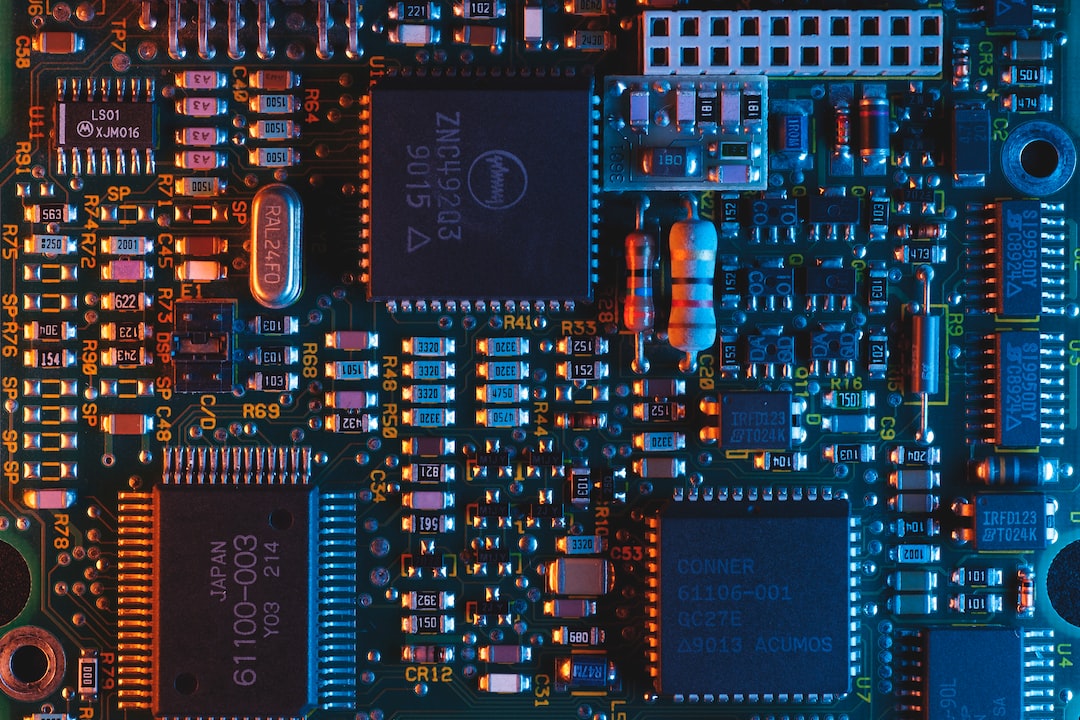Robotic Process Automation (RPA) is the term used to describe software robots that can automate repetitive, time-consuming tasks. RPA systems have become increasingly popular in recent years, due in part to their ability to streamline and automate manual processes, reduce errors, and improve efficiency. Here, we explore the rise of RPA and its impact on organizations and the wider business landscape.
The Growth of RPA
The growth in popularity of RPA can be attributed to a number of factors. One of the primary drivers is the almost universal need for organizations to reduce costs and increase efficiency. RPA offers an attractive solution to this issue, as it can automate many of the time-consuming tasks that often consume a significant amount of an employee’s time. This allows employees to focus on higher value activities, such as customer service and strategic planning.
Another factor contributing to the growth of RPA is the increased availability of affordable and reliable technology. Advancements in machine learning, AI and natural language processing have led to the development of increasingly sophisticated RPA systems, which can now accurately perform a wide range of processes. These systems can work in a way that closely mimics human behavior, allowing for seamless integration with existing business systems.
The Benefits of RPA
RPA has a number of potential benefits for organizations. Firstly, it can help to improve efficiency and productivity by automating time-consuming, repetitive tasks. This can result in increased capacity and faster turnaround times, allowing organizations to better meet the needs of their customers.
Secondly, RPA can help to reduce errors and increase the accuracy of processes. By automating tasks, RPA systems can eliminate the risk of human error, which is often a key factor in process delays and defects.
Finally, RPA can help to reduce costs by eliminating the need for manual labor. By automating routine tasks, organizations can reduce the need for large teams of manual workers, reducing overheads and increasing profitability.
The Future of RPA
As technology continues to develop, it is likely that RPA systems will become increasingly sophisticated. There is already a significant amount of research and development going into the field, with many companies investing heavily in AI and machine learning technologies.
In the future, it is likely that RPA systems will be incorporated into an increasing number of business operations, becoming the norm rather than the exception. This will likely result in increased efficiency and productivity for organizations, while also driving down costs and reducing the need for manual labor.
Conclusion
The rise of RPA is a testament to the power of technology to solve real-world business problems. As organizations continue to place a premium on efficiency, accuracy and cost reduction, it is likely that RPA systems will become an increasingly integral part of the business landscape. By automating routine tasks and freeing up resources for more strategic activities, RPA can help organizations to stay competitive in an increasingly crowded landscape.


